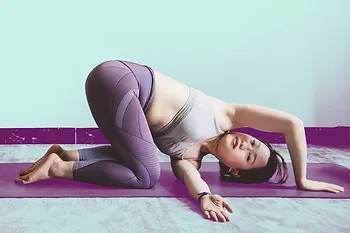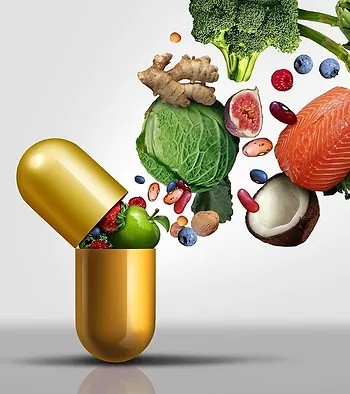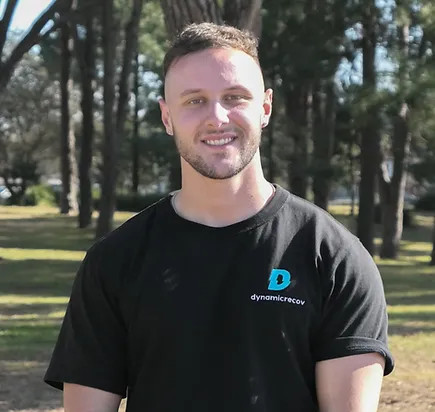
MUSCLE GROWTH WITH DECREASED POST EXERCISE SORENESS
MUSCLE GROWTH WITH DECREASED POST EXERCISE SORENESS
Feeling sore, tight and weak overall throughout your body and wanting that to change?
Finished a leg day feeling like you can barely walk the following days?
Today I am going to go through some remedies you can follow to ensure you have decreased post exercise pain while also maximising muscle repair and growth!

1. Protein
Protein is a supplement which tends to be either undervalued or overvalued by the general population. The average person goes through periods of having too much or too little protein. Both sides have their own problems. I have always stated that you only need between 0.8-1.5 grams of protein per kg of bodyweight. Having less protein than this range or anything < 0.8 grams/kg will mean you are not getting enough protein needed for recovery, muscle repair and growth. Having more protein than this range or anything > 1.5 grams/kg will mean you are getting too much and this will just be stored or excreted. Eat within this range and you will notice increased muscle gain and decreased muscle soreness post exercise!!
2. Active/passive recovery training

When I say active recovery training this is going to involve movement through range of motion or mobility training. There are many forms of mobility training however the most distinct is going to be moving your body and its joints through full range of motion. Ass to grass in a squat, lunging with your knees touching the floor etc. Doing this means your body is going to work slowly through stiff points until these stiff points become more moveable. Freely moveable joints means less pain, more movement. Passive recovery training involves static movements which are beneficial when it comes to injuries or when a joint is really tight/stiff. Placing the joint in this range will ensure it slowly passes through the sticking point allowing for increased movement. Both methods will ensure your body is freely moveable and will become pain free.
3. Supplements

There are some supplements out there which I like to call additional aides. I call them this because they should not become your main source and instead become an added bonus to your training and nutrition. Two supplements which I have in my stack which are beneficial when it comes to muscle recovery, repair and growth are creatine and BCAA's. Creatine is a supplement which works to increase water retention within your muscles which improves muscle repair and growth. BCAA's work to improve the repair process after tearing muscle fibres. So 2 supplements which work together to improve the repair of muscle post exercise.
Now these are some of my top tips and the 3 steps I follow when it comes to ensuring I have a pain free life when it comes to exercise. I train hard but also ensure that my recovery is optimal for growth and repair of the muscles I use in my training sessions.
I am pain free because I am strict with my mobility training and protein intake. I take supplements at times but only when I know I need an extra boost or when my nutrition may be lacking through periods of a cut.
Let me know in the comments if there are any other methods or tips you follow :)
